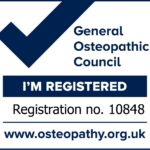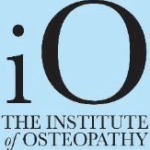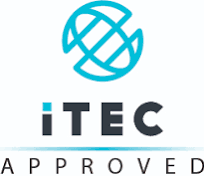Cervical disc pain caused by bulges, protrusions, and herniations, can cause significant neck pain and discomfort. These conditions occur when cervical discs shift or compress nearby nerves. This blog outlines their differences, causes, symptoms, pain management protocols, and how MG Osteopathy can help.
Disc Bulge, Protrusion, and Herniation: Key Differences
- Disc Bulge: The outer layer of the disc weakens and bulges outward, potentially causing mild pain if it compresses nerves.
- Disc Protrusion: A more pronounced bulge that affects nearby nerves, leading to moderate pain.
- Disc Herniation: The outer layer tears, allowing inner material to leak and compress nerves, resulting in severe pain and other symptoms.
Common Causes
- Aging: Discs lose hydration and elasticity over time.
- Injury: Trauma or repetitive strain can weaken discs.
- Poor Posture: Long periods of forward head posture (e.g., from smartphone use).
- Genetics: Family history of spine problems.
Signs and Symptoms
- Disc Bulge:
- Localized neck pain
- Stiffness and limited movement
- Disc Protrusion:
- Radiating pain to shoulders and arms
- Tingling or numbness
- Moderate weakness in the arms
- Disc Herniation:
- Severe, radiating pain
- Significant numbness or tingling
- Marked weakness in the arms
- Potential loss of coordination in severe cases
Pain Management Protocols
- Rest and Activity Modification: Avoid activities that worsen symptoms.
- Medications:
- NSAIDs: Over-the-counter options for pain and inflammation.
- Muscle Relaxants: For muscle spasms.
- Corticosteroid Injections: In more severe cases to reduce inflammation.
- Physical Therapy: Tailored exercises to strengthen neck muscles, improve flexibility, and alleviate pressure on nerves.
- Heat and Cold Therapy:
- Cold Therapy: For inflammation relief (apply for 15-20 minutes).
- Heat Therapy: To relax muscles and improve blood flow.
- Chiropractic or Osteopathic Care: Manual therapies to realign the spine and enhance mobility.
What is Osteopathy?
Osteopathy is a holistic approach to healthcare that focuses on the body’s musculoskeletal system. Osteopaths use manual techniques to improve the function of joints, muscles, and tissues, promoting natural healing and overall well-being. This hands-on approach emphasizes the connection between the body’s structure and its function, aiming to restore balance and alleviate pain.
How MG Osteopathy Can Help
At MG Osteopathy, we offer a holistic approach to treating cervical disc issues:
- Assessment: Comprehensive evaluations of your symptoms and posture.
- Manual Therapy: Gentle adjustments and soft tissue techniques to relieve nerve pressure.
- Exercise Programs: Tailored exercises to strengthen neck muscles and improve flexibility.
- Lifestyle Advice: Tips for minimizing strain during daily activities.
Conclusion
Cervical disc bulges, protrusions, and herniations can lead to varying degrees of pain and discomfort. Understanding the differences, causes, and effective pain management protocols is crucial for recovery. If you’re experiencing neck pain, contact MG Osteopathy for a thorough assessment and personalized treatment plan designed to relieve your symptoms and enhance your quality of life.





